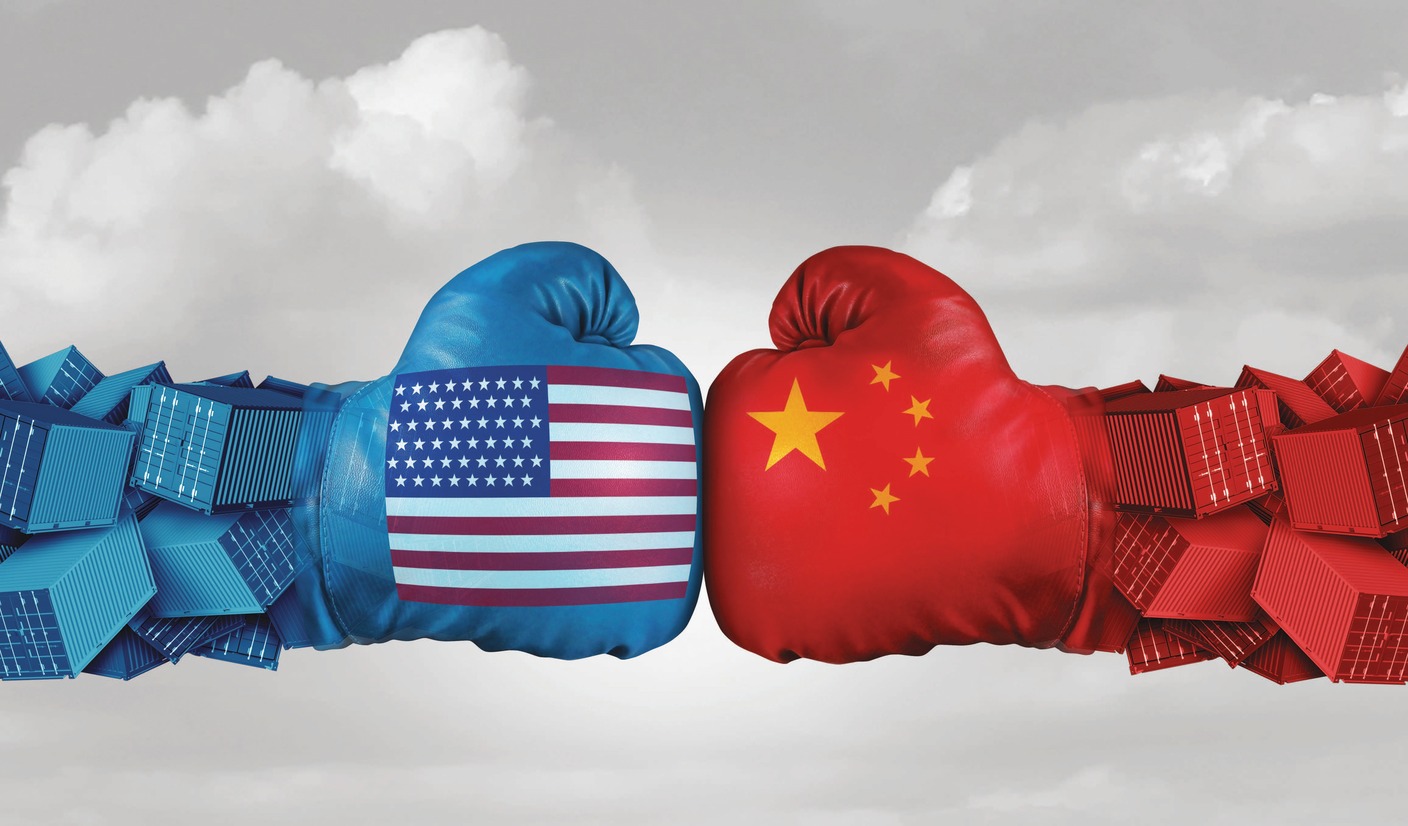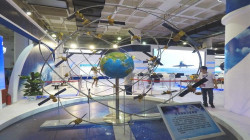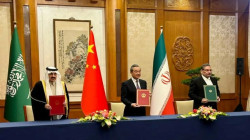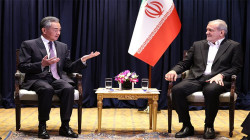The Middle East: China's influence and the underlying strategic factors

Shafaq News / The difficulty in comparing America’s and China’s influence in the Middle East is that the two operate on entirely different planes. [Note: The Chinese use the term Western Asia, rather than the Middle East, to refer to a region that includes the Levant, Iraq, the Gulf, Turkey and Iran.] Despite China’s impressive naval construction program, China cannot challenge American dominance of the seas within any definable time horizon. There is no indication that China has or soon will develop the capability to put boots on the ground in the region. At the same time, China’s economic and technological presence has jumped during the past several years, and the United States cannot compete with China in critical areas such as broadband infrastructure.
The Military Balance
China’s military presence in the Middle East remains small. Its 200 marines at the Djibouti naval base are on standby for anti-piracy and civilian rescue operations. China reported has sponsored the creation of a joint maritime force including Saudi Arabia, Iran, the UAE, and Oman, but has committed no ships to the project. A February 2013 note from the American Enterprise Institute observes, “Current Chinese basing capacity and force commitment in the region seem insufficient to support the level of economic and diplomatic engagement that appears to be Beijing’s new normal, so Washington should prepare for further expansion.” There have been rumors about plans for a Chinese naval base in the UAE, so far unconfirmed.
The latest Pentagon assessment of China’s military does not predict an expansion of China’s expeditionary capability. China has just 30,000 marines versus America’s 200,000, and perhaps 12,000 special forces versus America’s 70,000.
In August 2014, President Obama complained that China was a “free rider” in the Persian Gulf, letting the United States bear the cost of a blue-water fleet that protected China’s oil supplies The charge was fair: Although China has dramatically increased its military spending, its commitments to the Middle East remain de minimus. China remains a free rider. If the American commitment to protect shipping lanes erodes, China may step in, but that remains hypothetical. For the time being China will devote the bulk of its military resources to coastal defense, including medium- and long-range missiles, the J-20 interceptor, satellites, electronic warfare and submarines.
In the meantime, China’s position is that its interests in the region do not conflict with America’s. Pan Guang of the Shanghai Academy of Social Sciences, told the “Observer” website in 2022: “China’s economic investment and US military investment can complement each other in some places, such as in the Gulf countries. It is very simple. Several major overseas military bases of the United States are there. The largest military base is in Qatar, there are two in Saudi Arabia, and there are also in the United Arab Emirates. However, the infrastructure construction in these countries is not done by American workers, but by Chinese workers. And laborers from Southeast Asian and South Asian countries such as Thailand, the Philippines, Sri Lanka, and India are doing it.”
(Jerusalem strategic Tribune)





